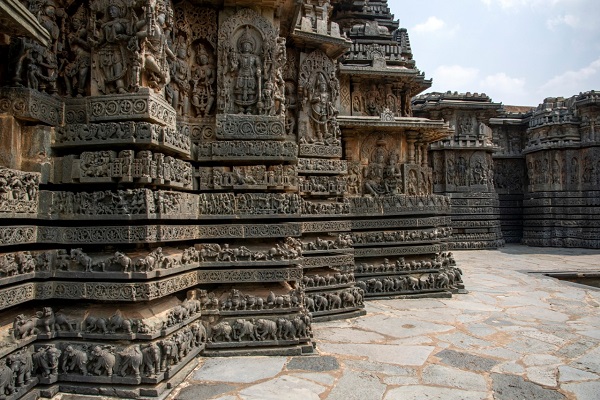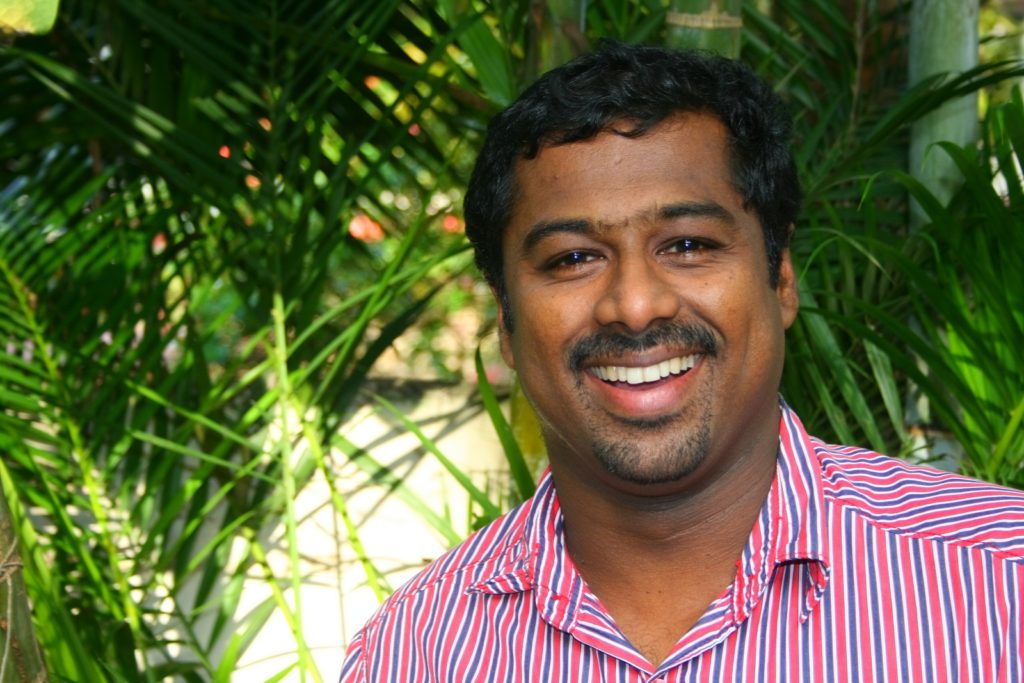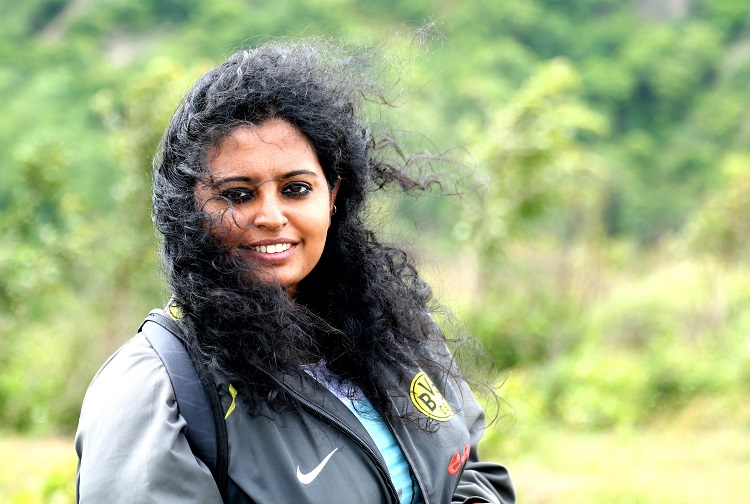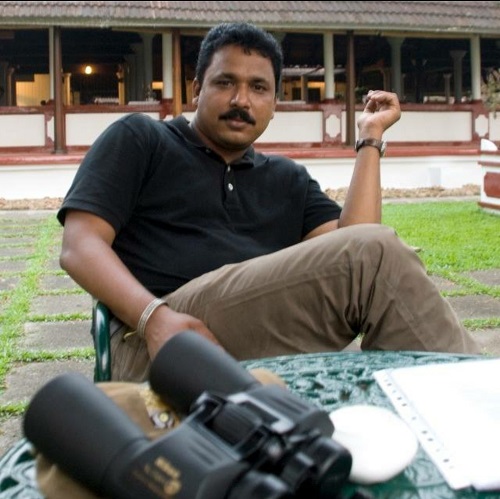A plethora of historical remnants embellishes the cultural fabric of the south Indian state of Karnataka to satiate the palettes of itinerants who love art and culture. Chronologically, they span over the various bygone dynasties ranging from the 5th century Chalukyas, Kakatheeyas, Kathambas, Hoysalas, Vijayanagara, Hyder Ali & Tipu Sultan to the 20th-century Wodeyars.
Among the popular and easily accessible tourist circuits, the legacy of the Hoysala dynasty shares a major role, with its proximity of stunning monuments at conveniently spotted distances. They are at an average of one to four hours’ drive on the western belt of Karnataka mainly around the city of Hassan. The Hoysalas ruled the regions from 10-13 AD, contributing around 80 temples of Vesara style of Temple Architecture, sustaining a dozen of active and inactive temples for posterity. Among them the main existing marvels of architecture are Channakeshava Temple at Belur, Hoysaleshwara Temple at Halebidu, Lakshmi Devi Temple at Doddagaddavalli, Keshava Temple at Somanathpur and the Panchalingeshwara Temple at Mandya belong to the Early Medieval Architecture, attributed to the artistic charm and glory of the Hoysala Dynasty.


The aforesaid first three temples are situated within the forty square kilometer radius of the city of Hassan, 125 km north of Mysore City and the Somanathapur Keshava temple is situated in the East of Mysore. Behind the Hoysaleshwara Temple in Halebidu, which is 18 kilometers away from Belur, is a complex of Jain Basatis. Halebidu temples are mostly affected by the invasions, beheading many sculptures and the frescos in and around the edifices. Centuries later by 1906 the Wodeyar Dynasty started the restoration of all the active and inactive Hoysala temples. Since 1952, the Archaeological Survey of India has started to renovate them scientifically and to date, it is protected and well maintained luring many more eyeballs. “Each Hoysala temple is an Ocean of Art with an abundance of One Thousand to Ten thousand carvings”, says Belur Sashi Kumar, a Freelance Italian Speaking Professional Tour Guide belonging to the proud brigade of Southern Regional Level Professional Guides who were carefully selected, skillfully trained and professionally approved by the Ministry of Tourism, Government of India. Mr. Dinesh Kumar of Mysore, a French Speaking Professional Guide is an expert in Temple Architecture and in handling the Travel Journalists was also found to have immersed in his detailed lectures on the Hoysaleshwara temple in Halebidu. He was travelling with a group of French journalists to trail the Hoysala Routes, the unexplored beauty of South India.


The Hoysala group of temples is known for a perfect amalgamation of aesthetic and architectural excellence of craftsmanship. The Big three Hoysala temples, especially at Belur, Halebidu, and Somanathpur are erected on star-shaped platforms which is the main feature of Vesara Temple Architecture. Unlike other major temples in South India, the peculiarity of Hoysalas was they used soapstone (Blue Chlorotic Stone) as the medium of art and as a prime construction material, transported from the Tumkur district, which is hundreds of kilometers away. The structures have adopted the interlocking system of construction with thousands of blocks of Soapstone pieces- each, one to two meters long, one to the five-foot thickness, and without any sort of compounds such as cement, sand, limestone, or shell powder.
A casual glimpse of the temples gives us an impression that the whole structure is made out of pale-hued wax. So is the clarity of details and perfection of sculptures. The frescos vary from male, and female figures, to animals, birds, and even the flora and fauna. Apart from the scenes of day-to-day life, mythological stories and incidents are carved out of this special Soapstone.
The uniqueness of the structure lies in some truly remarkable innovations carried out by the planners and architects of the bygone years. Among the various Hoysala temples, a successful experimental approach in construction can be observed according to the Area covered and the Size of the temples. Temples like Belur Channakeshava Temple are Eka-kooda (Eka means single kooda is shrine). Hoysaleshwara Temple in Halebidu has two main shrines – Dwi-kooda (double shrined), Keshava Temple in Somanathpura is a Tri-kooda (triple shrine), Lakshmi Devi temple at Doddageddavalli is a Chathush-kooda (four-shrined) and the Panchalingeshwara Temple at Mandya is a Pancha-kooda Temple with five shrines.
. The Channakeshava Temple at Belur is the workmanship of three generations, a continuous work of 103 years. This Eka-kooda (single shrined) Temple is dedicated to Channakeshava, Lord Vishnu, and has 42 different Soapstone figures of various postures all around the temple, erected on elevated outside portions, just below the roof. Three among them are male figures and other stylized feminine figures are Vishakanyka, a spy girl – whose references are seen in the Arthasashtra of Chanakya, and Keshasringara, another female figure depicts a hair-caring damsel. A Huntress figure is rich in details that could tell a story of hunting, with her companions busy helping each other pull out the torn from the feet and the bow and arrow with their hunt. A walk around the temple through its elevated star-shaped platform (Jagati) that has thirty-two petals or corners, is a treasure of medieval art and engineering skills with the carved historical and mythological incidents.
A noted panel called Gajasura Mardhini embellishes more than hundreds of small and big sculptures inside the stretched body of an Elephant figure. The southern and northern side of the lower portion of the building’s outer walls is richly adorned with different layers and lines of same-sized but differently posed figures. Every layer contains more than 600 pieces in number, each of elephants, peacocks, flowers, horses, Yalis, etc. Apart from the flat roof, star-shaped elevated platform, and the other Vesara features, the entrance tower called Gopura of the Belur temple is in Dravidian style, a post-Hoysala construction by the Vijayanagara Dynasty of Hampi.


An extensive 190 years-long construction span of around four generations, has realized the Hoysaleshwara Temple in Halebidu, 18 kilometers east of Belur. The word Halebidu in the local tongue means “destroyed city”. The invasions of Malik Kafur during the reign of Alauddin Khilji of Delhi Sultanate ruined the old city of “Dwara Samudra”, which is later beginning to be known as Halebidu.
In Halebidu one can discern a much larger procurement, even more detailed, rich in art and engineering, is yet another architectural spectacle in the form of a Temple. Here again, the star-shaped elevated platform houses a Dwi-kooda dedicated to Lord Shiva, where the same Vesara style of temple architecture is seen followed like in any other Hoysala Temples, by Blue Chlorotic soapstone. The Hoysaleshwara Temple is known for its multiple story panels to depict the Indian epics of Ramayana and Mahabharata that adorn the outside portion of the building. There are two separate Shrines with Shivalingas installed under the same roof of the whole structure. The temple has 42 Mandapa (pillared hall) portions with 108 chiseled pillars and 22 exquisitely carved ceilings. The main northern entrance leads to the platform and can take a walk toward the eastern side with amusing glimpses of the intricate carvings. The top to bottom layers of splendid lines of carvings not only those of the elephants and Yalis seen in the Belur temple but also of a series of erotic sculptures. The war scenes, chariots, sages, and dancing postures definitely invite the attention of any visitor. The eastern entrance has two separate Nandi Mandapas facing the two sanctums each with the fifth and the sixth-largest monolithic Nandi figures in the world. The sixth Nandi figure is the most beautifully carved and polished figure of its kind.


“Royal Entrance” of the southern side is meant for royal family members to enter the temple after praying to the huge single-stone idol of Lord Ganesha. The western portion has eight Patikas and 864 wall sculptures. One can see different sculpture panels depicting epic stories where each panel is each piece of large stone infused into the wall of the temple structure. Here we can find the panels of Gajasura Mardhini, Padmavyooha, and Ravana Lifting Himalayas, and each of them is elaborated with many small and medium-sized figures.
Just some meters behind the Halebidu Hoysaleshwara temple, a Jain Basati complex (Jain Temples), can also be spotted. They are dedicated to two Jain mystique, Parshwanatha, and Adinatha, and are protected monuments by the Archaeological Survey of India. Though structurally they do not completely belong to the Vesara Style of architecture, they have used the same Blue Chlorotic Soap Stone and chiselled tall pillars and ceilings usually seen in any Hoysala Temples. The 5.5-meter-tall statue of Parshwanatha in the shaded Sanctum is an attraction. The main hall houses the idol of Padmavati under the three-hood Cobra along with all the 24 Theerthangara (saints) idols of Jainism. Another Basathi in the complex features, yet another 5.5 meters tall statue of Shanthinatha, and the third one house the figure of Adinatha, on a Lotus pose of meditation.
With a deviation towards the south from the highway on the Belur-Hassan route, a well-known but less-visited Lakshmi Temple is situated amidst the beautiful village settings. The Lakshmi Devi Temple at Doddagaddavalli Village is 17 km away from Hassan city and is an active temple belonging to the Hoysala school of temples. Unlike the typical Hoysala Temples, the sculptured embellishments or carving panels are less or missing in this structure. The temple structure deviates from its usual star-formed platform, instead looks like a Lotus-formed edifice having four shrines without a walking platform. All four shrines have a single square-shaped hall called Mahamandapa for the easy visibility of all the shrines. But it is adorned with many sculptures, especially on the elevated Nagara-style roof. An installation of Goddess Lakshmi Devi’s image can be seen in the main sanctum.
A total contrast to the divine names given to the Indian cities Somanathpura-the city of Somanath, 40 kilometers east of Mysore, is named after a royal officer of high repute. The three-shrined Keshava Temple is the landmark of Somanathpura. Built on the star-shaped platform in the Vesara style, boasts its largely decorated towering roofs in the Nagara style as well. The three shine under the same edifice and the same roof contains three forms of Lord Krishna with the common Mandapa, where Keshava is the main deity and Venugopal and Janardhana are the other two.


Another interesting fact to read that is Somanathpura Keshava Temple started to build in 1268 AD and finished in just 40 years. It is believed to have been using the service of 500 people and artists on a daily basis with the vast experience gained from the construction of other Hoysala temples. The edifice has 16 ceilings and the Lotus Bud and Banana Bud-shaped ceilings catch the eyes of art enthusiasts. The inside portion was once painted with natural dye which is gone pale in the course of time but the remnants are still seen as a treasure kept in the darkness. Take a walk around the star-shaped platform to be astonished by the six layers of repeated figures lined multiple hundreds but in different forms. The bottom line of Elephant figures symbolises stability, the next lines of horses show speed, the next has rich embroidery, then the Ramayana stories in small figures depicted form as the next line. The fifth line has the Vishnu in different forms and the uppermost line figures the Hoysala Emblem in multiple numbers. The complex has a long square Mandapa to cover the temple premises with 64 various shrines with 64 separate idols kept.
With the aesthetic look and structural features attributed to a typical Hoysala school of Temples, the Panchalingeshwara Temple marks the Hoysala presence in the Mandya District, the neighboring city of Mysore. It was constructed in 1238 AD and dedicated to Lord Shiva. As the name suggests it is a “panchakooda” or five-shrine temple with five Shivalingas inside the five separate shrines with a long common prayer hall Mandapa (pillared hall). A Twin-porched entrance with ceilings built on top of the carved pillars is a typical feature of any Hoysala temple and the wall panels with the miniature sculptures verbalize the mythological stories. But a clear departure from a typical Hoysala temple here is the absence of a star-shaped platform and the presence of Nagara-type towers above the Shrines.
The Golden Triangle of Agra-Delhi-Jaipur is still a golden route for Indian Tourism in the Global Tourism Market. Unfortunately, to a vast majority of western tourists, Indian tourism means Golden Triangle and India means Taj Mahal due to the North Indian Tour Operator Lobby’s unknown deeds and prejudiced presentation. New routes have to have emerged and they have awe generation of people with their architectural and artistic brilliance. Of course, the Hoysala architectonic beauty is recognised in the tourism industry and is well explored by a good share of tourists visiting South India. But these immaculate beauties have to be re-discovered to their deserving value. The Routes into the Roots of Hoysala Legacy add charm and a re-birth to the South Indian, especially to Karnataka Tourism.
by AJAI KUMAR K S / SRIDEVI NARAYANAN
Photographs by MANOJ VASUDEVAN






https://tourismindiaonline.com/safe-travels-stamp-for-100-destinations/
https://www.youtube.com/watch?v=avnwdayB4u8
